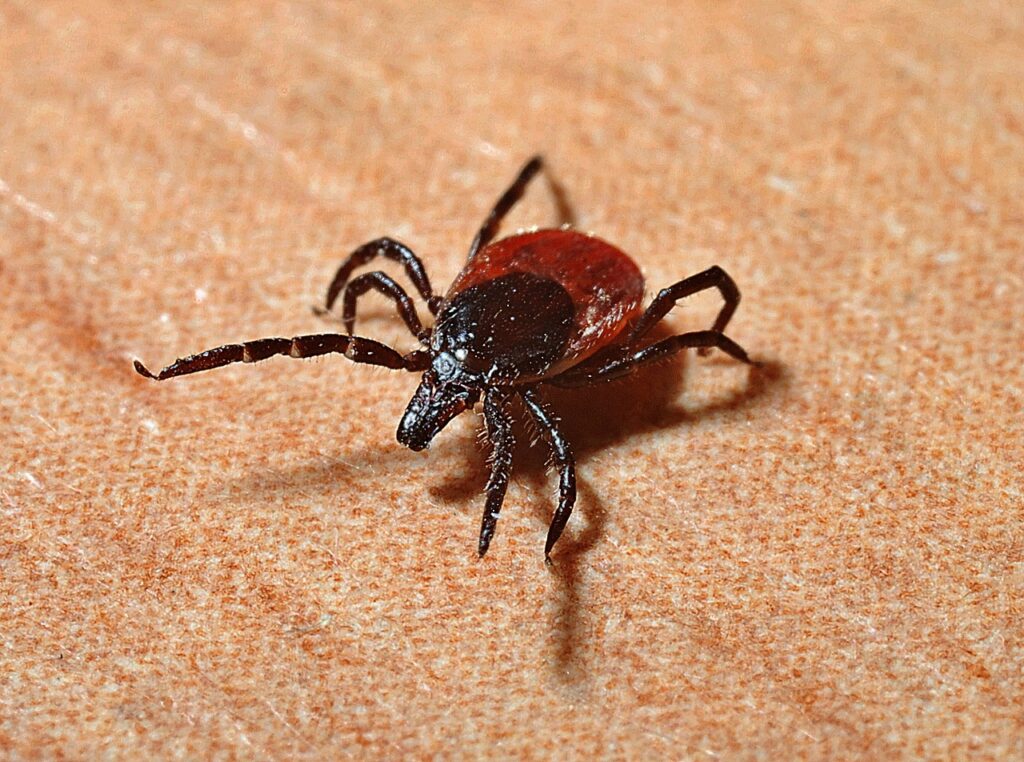
Lyme disease, a tick-borne illness caused by the bacterium Borrelia burgdorferi, has become a growing concern in recent years, with increasing numbers of cases reported worldwide. Early detection and prevention are crucial in mitigating the impact of this potentially debilitating disease. In this article, we’ll delve into the importance of understanding the signs and symptoms of Lyme disease, as well as what people like Steven Rindner say are effective preventive measures to protect yourself and your loved ones.
Understanding Lyme Disease: Transmission and Symptoms
Lyme disease is primarily transmitted through the bite of infected black-legged ticks, also known as deer ticks. The symptoms of Lyme disease can be diverse and may initially resemble the flu, including fever, fatigue, headache, muscle and joint aches, and swollen lymph nodes. If left untreated, the infection can spread to the joints, heart, and nervous system, leading to more severe complications.
Early Detection: Recognizing the Signs
One of the most distinctive early signs of Lyme disease is a circular, expanding rash called erythema migrans (EM), which usually appears at the site of the tick bite. This rash may resemble a “bull’s-eye,” with a red outer ring surrounding a clear area and a red center. However, not all cases of Lyme disease present with this rash, making it essential to be aware of other possible symptoms and seek medical attention promptly if you suspect an infection.
Prevention: Avoiding Tick Exposure
The best way to prevent Lyme disease is to minimize exposure to ticks. Here are some practical steps you can take:
- Avoid tick-infested areas, such as wooded or grassy environments, particularly during the warmer months when ticks are most active.
- Wear protective clothing, including long-sleeved shirts, long pants, and closed-toe shoes, to limit skin exposure.
- Use tick repellents containing DEET or permethrin on your skin and clothing.
- Check yourself, your children, and your pets for ticks regularly, especially after spending time outdoors in tick-prone areas.
Tick Removal: Prompt and Proper Technique
If you find a tick attached to your skin, removing it promptly and correctly can reduce the risk of Lyme disease transmission. Use fine-tipped tweezers to grasp the tick as close to the skin’s surface as possible, and pull it upward with steady, even pressure. Avoid twisting or crushing the tick, as this can cause its mouthparts to break off and remain in the skin. After removing the tick, clean the bite area with rubbing alcohol or soap and water.
Seeking Medical Attention: Don’t Wait
If you experience any symptoms of Lyme disease or have concerns about a tick bite, consult a healthcare professional as soon as possible. Early detection and treatment with antibiotics can help prevent the development of more severe symptoms and complications associated with the disease.
Lyme disease is a growing public health concern, but with increased awareness and proactive measures, we can protect ourselves and our loved ones from its harmful effects. By being vigilant about tick exposure, recognizing the early signs of infection, and seeking prompt medical attention when needed, we can minimize the risk and enjoy the great outdoors with peace of mind.